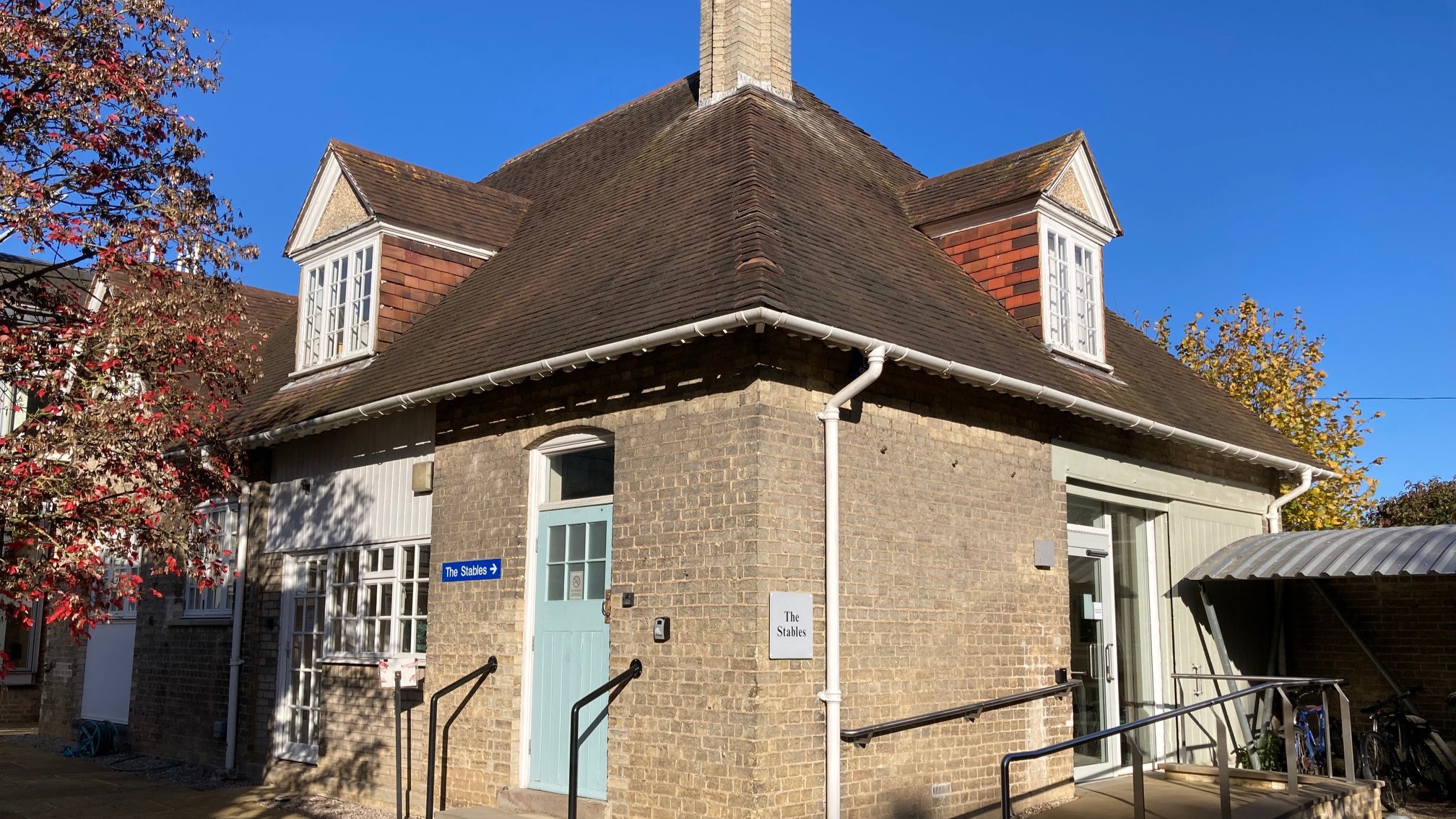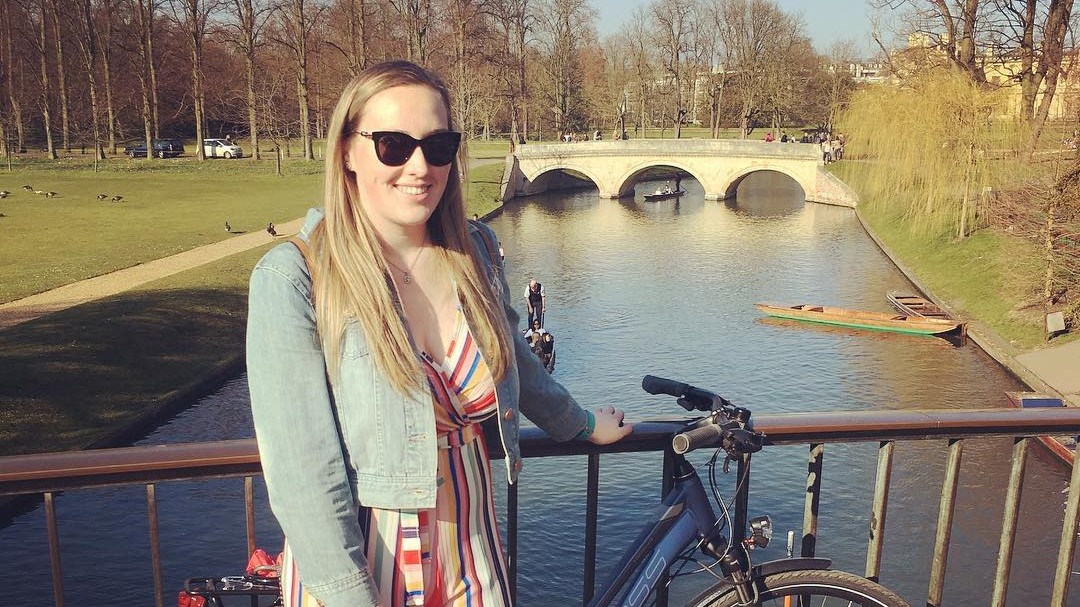Carol Williams, author of ‘Madingley Rise and Early Geophysics at Cambridge’ spent 25 years working as a researcher at Madingley Rise between 1965 and 1993. As part of our Hidden Department series, she delves into the history of The Stables.
Continue reading “Hidden Department: The Stables at Madingley Rise”Learning from earthquakes, protecting communities
A PhD student from our Department has recently answered a call to join an international mission to improve the understanding of earthquake impacts, response and recovery. Aisling O’Kane was selected as part of a team of volunteer engineers and academics investigating a destructive magnitude 7.0 earthquake and tsunami in the Aegean Sea. She was one of only two geologists selected for the mission and worked alongside structural engineers and response management experts.
Continue reading “Learning from earthquakes, protecting communities”


